Few gardeners risk growing gladiolus, because this culture is considered a capricious and whimsical. Meanwhile, if you correctly approach the case and know all the necessary subtleties, you can grow beautiful flowers on the site. We will tell about the features of landing of gladiolus and planting for plants in this article.
The fineness of growing gladiolus
So that the flowerbed on your plot of a variety of bright and beautiful inflorescences, you need to know the main principles of growing gladiolus. We give them as a list:
- Gladiolus can grow on the same place for a maximum of 2 years in a row. At the third season they will need to be transferred to another flower.
- Change the land in which gladiolus grow. This means that when transplanting bulbs from sandy soil, it is better to choose a place with a soil of another composition, for example, a loamy.
- Gladiolusi do not like sharp climate change. This feature is important to consider when buying bulbs. Try to acquire plants adapted to certain climatic conditions.
- Large and small bulbs cannot be planted nearby, otherwise, large tubers will choose all the necessary substances from the soil, and small just perished.
- The depth of the bulbs when landing is also very important. If you have a light composition of the soil on the site, plant a plant to a depth equal to 4 bulb diameters. In heavy soil, it is necessary to boil the tuber to a depth equal to 3 of its diameters. If you plant a plant too close to the surface, then the flower arrow will have to be tied up. And if inserting the bulb is too deep, then the gladiolus simply does not bloom.
- For 3-4 days before boarding from the bulbs of the plant, it is necessary to remove the upper husks - so you will be sure that the flowers will warm. The soil in which you landed the tubers, you need to moisten every 2 days.
- To get rich and beautiful bloom, choose a sunny place for flower beds with gladiols. Late varieties of culture in a too shaded place are practically not bloomed, and the early bloom, but let the buds are released enough.
- When growing gladioles, pick up a well-ventilated place for them - so you will avoid the risk of the occurrence of various fungal lesions.
- In the case when the flowers are planted in a suede soil, it is desirable to fertilize with an extraordinated way - spray the leaves with water with divible feeders in it.
- In the hot summer days, the moisturizing of the gladiolus is carried out 1-2 times a week. Water should be used quite a lot. If the hot weather is very long, then you can water the flowers every night, and after irrigation to loosen the soil around the stems.
- In order to get beautiful flowers in subsequent years, pay due attention to the collection and storage of bulbs.
How to grow gladiolus
Preparation for landing
Approximately 1 month before the estimated duty of planting the bulbs of colors must be prepared. To begin with, remove all unsuitable tubers: damaged or patients. If in some bulbs in some places appeared, cut out a spoiled place and apply a little green on this zone. With healthy tubers, remove the top tight flakes, trying not to damage the sprouts.
Prepared by the bulbs fold in a well-lit and fairly warm place, turning upwards upwards. Leave the plants in this position until they release shoots. Immediately before planting bulbs in the ground, they must be treated with special substances. Prepare a 0.3% warranny solution and put the gladiolus tubers in it for 1-2 hours. Instead of manganese, you can use a 0.3% solution of foundation and dip plants in it for 1 hour.
The kidneys of gladiolus (kids) can also be used for growing colors. For about 2 weeks before the landing, telect "kids", the size of which reaches 7-8 mm in diameter. Remove with the kidney solid skin, put them in one layer in a warm place with multiple lighting. When the kidneys germinate, they, like bulbs, should also be disinfected by manganese solution. Divide 1 g of permanganate potassium in 1 liter of water and immerse the "kids" into this liquid for 9 hours.
The process of landing gladiolus
Gladiolus loves the sun and warmly - this feature must be taken into account with gardeners who wish to get beautiful and healthy flowers on their flowerbed. Selecting the landing site, be sure to prefer the territory that is well lit by the Sun and is not blocked by drafts. The place for flowerbeds with gladiolus should be located on a small elevation, so that water was not stood in the soil.
If you live in the northern regions, try to choose for colors such sections where there is almost never a shadow. In the southern regions you can break the flower beds in places where the shadow is at noon time. It is better if the landscape will have a small bias in the southern direction - this will be flown from the soil.
When cultivation of culture, an acidic composition of the soil has an indispensable value. Best Flowers feel in the weakness of the land with a pH of 6.5-6.8. In a more acidic environment, plant leaves are darkened, the buds are not fully disclosed, and the risk of fusariosis has arisen. Alkaline soil gladiolus is not suitable, because plants cannot receive sufficient amount of iron from the soil, their foliage turns and fades. Necessary acidic soil can be stirred with chalk, ground egg shell or dolomite flour. During the landing, digging the pit, mix every 1 m 2 Earth with 150-200 g of the selected substance.
Gladiolus are perfectly suitable lightweight lung and sampling soils. A heavy drum land can be diluted with sand, sandy soil, on the contrary, saturate clay. In the process, it is desirable to add humus or compost to soil.
On the light and well-warmed by the sun, the land should be poured before the planting of the bulbs. If you live in a arid climate, leaving the soil in the fall, and before planting colors you can simply explode it.
If at the place where you decide to break the flower leaf, earlier legumes of crops or vegetables have grown - such a territory will certainly contribute to the good growth of gladiolus. But the flowers will feel bad where Astra or rooted roots grew up. Seasy bulbs, make an indent between the beds at least 30 cm.
Deciding with a place for flower beds in the fall, prepare the Earth, saturating it with fertilizers. Dry phosphoric and potash feeders are perfectly suitable. 1 M. 2 The soil should add 100 g of superphosphate and 30-40 g of potassium chloride. Potassium sulfate or calmagneosis is made in the soil in the spring.
As a rule, landing gladioluses are accepted in the last few days or in the first 2 weeks of May. But it is also important to take into account the weather conditions. Large bulbs of flowers are laid into the ground at least 10-15 cm, the distance between them should also be 15 cm. Small bulbs should be gluned by 8-10 cm with a distance between the individual colors at 7-8 cm.
I dug the pits for tubers, water them with water and fill in a small amount of large sand. It is best to use Moss-Sfagnum - he does not give land to disperse, and also protects the plants from the appearance of rot. On top of the moss, put on the bulbs and pour them off their land.
Gladiolus care rules
So that the flowers of gladiolus were beautiful, lush and healthy, it is important to water them correctly. Note that these plants love water very much, with insufficient irrigation, they are poorly developing and do not produce buds. Before irrigated, leave the water for several hours to stand. In a strong heat, the colors should be moisturizing every evening, and if cloudy weather is standing on the street, try to water the gladioluses at least every 3 days. Do not save water when irrigation, do not forget also spray the leaves.
After irrigation, you can sprinkle soil on flower bed with mineral fertilizers. When the soil dry, shove it, at the same time mixing the Earth with feeders. The beds can be additionally mulched by sawdust, peat or humus.
Gladiolus are very well referring to feeding. Do not spare fertilizer on them, then the plants will delight you with bright magnificent buds. With a good feeding, even small bulbs give bloom in the first year.
Try to prepare the Earth to landing in the fall. Enrich the soil with organic and minerals. When the gladioluses will release the 3rd sheet, make feeding from urea or ammonia nitrate. The proportions are as follows: 60 g of nitrates are dissolved in 10 liters of water, or 40 g of urea is bred in the same amount of water. After about 10 days, the same procedure is carried out again.
With the appearance on the 4th sheets of the 4th, the colors give potash feeding. For this, 60 g of potassium nitrates are mixed with the handful of ash, the land sprinkles near the colors and explode. After 10 days, the feeder is carried out again.
With the appearance of a color, gladioluses fertilize phosphorus-potash composition. The proportions are as follows: 60 g of superphosphate are connected from 40 g of potassium. A pair of potassium permanganate grains can be added to the resulting solution and a little boric acid.
Blank and storage of gladiolus bulbs
When digging the bulbs of colors
Too early digging the bulbs of colors is not worth it, it is better to wait for the autumn frosts, and even then take about the case. All that time until the tubers are in the ground, the "kids" plants will be matured.
When you dig the bulbs, remove the stem with them, leaving only a small fragment of about 4 cm long and put the tubers on the grid, so that they dry. Place the bulbs roots up.
A day later, prepare a weak solution of potassium permanganate and immerse the bulbs in it for 2 hours. After disinfection, put the tubers on the grille and dry.
Storage of bulbs in winter
Flowerball can be stored, not extended, about 40 days. After this time, the risk of sprouts arises, which in the winter at all is at all. So that the flowers do not sprinkle, place them in the room, the ambient temperature in which does not exceed 7-10 ° C, and the moisture level is about 70%. The best preservation of the bulbs is facilitated by garlic, put in a box with tubers for several peeled teeth. Every month spend an audit, inspecting the bulbs, throwing out the thowned and changing cloves of garlic.
It is best to keep bulbs in the cellar where there is ventilation. You need to fold the tubers in a drawer with a mesh bottom, so that they constantly ventilate and not lit.
Those who live in the apartment can be saved on the bulb in the refrigerator with the NO Frost function. Wrap the tuber paper, place in plastic containers and put the container to the bottom shelf. In recent months, winter, bulbies begin to actively allocate moisture. At this time, you need to remove them from the refrigerator, dry a little, wrap dry paper again and put it in the refrigerator again.

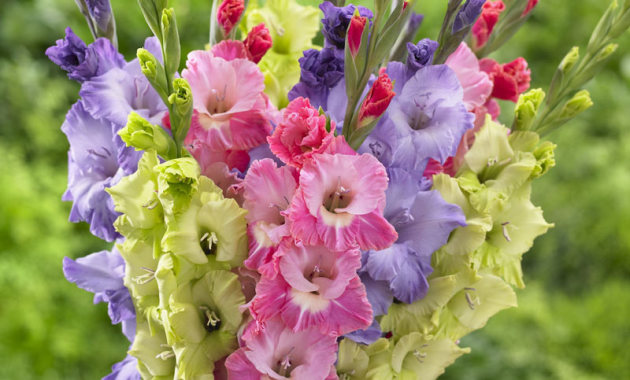
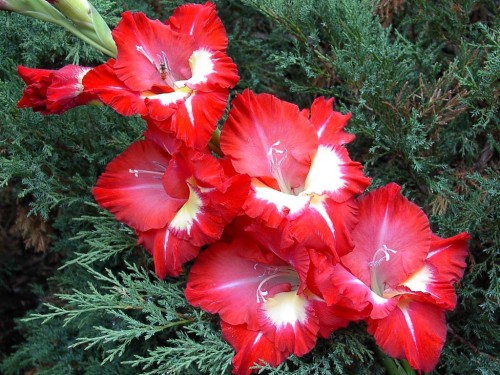
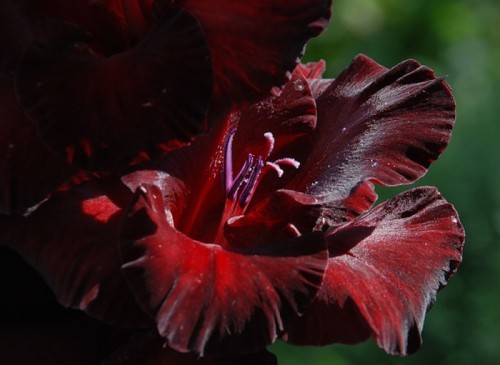
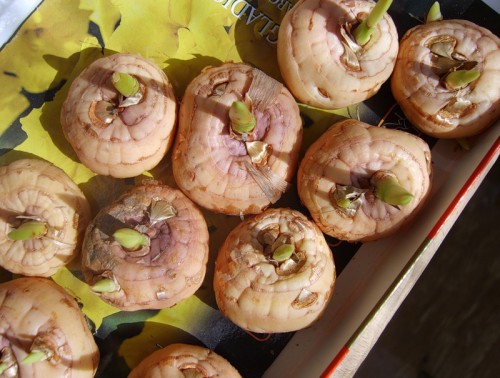
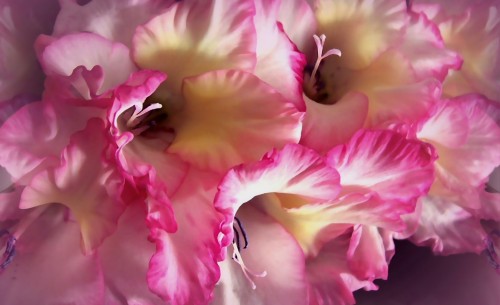
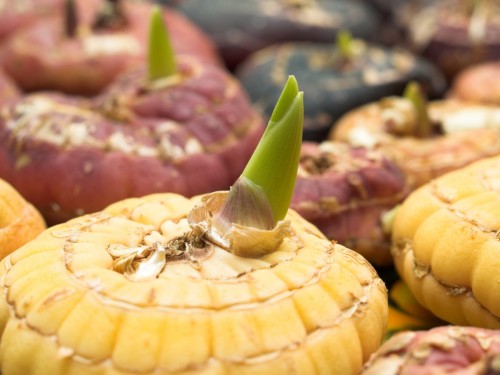
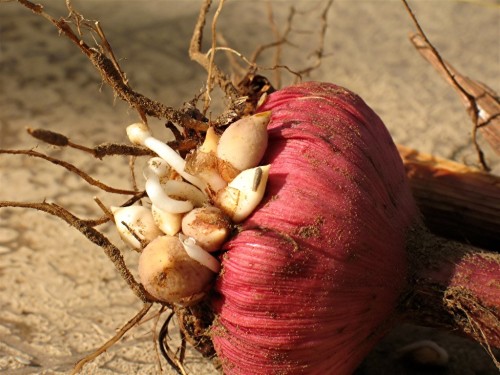





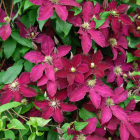
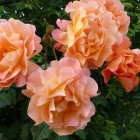

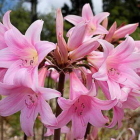
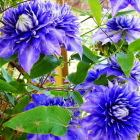
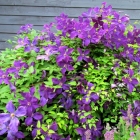
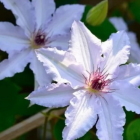
 Start a discussion ...
Start a discussion ...